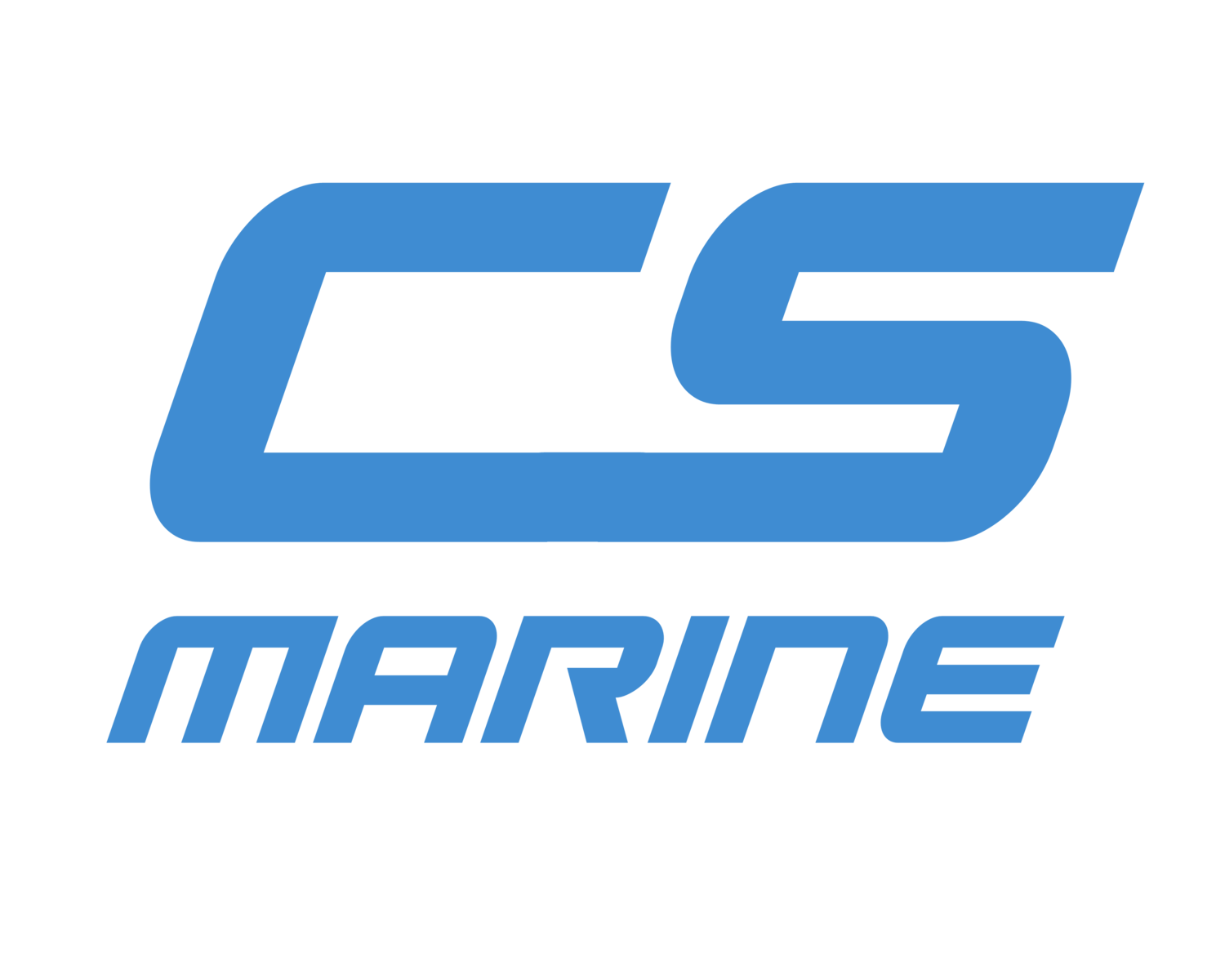By Senators Jack Reed and Jim Inhofe
July 2021 Proceedings
As we noted in Proceedings last year, leaders in the Pentagon, on Capitol Hill, and in industry all agree: We must accelerate innovative research and development, acquire new capabilities faster, and transform the way the U.S. military fights in order to implement our defense strategy.
Before major changes to Navy shipbuilding are proposed, all stakeholders should have a fulsome discussion of the business of Navy shipbuilding and implications of big changes. There are a range of options available to transition from an existing shipbuilding program to a new program. Each option has trade-offs and requires careful consideration that takes into account the realistic schedule needed to mature new designs and technologies, develop new tooling and facilities, and adapt the workforce in advance of starting construction on a new shipbuilding program.
“China: Naval Construction Trends vis-à-vis U.S. Navy Shipbuilding Plans, 2020-2030 [2021 Update],” Office of Naval Intelligence, March 2021,
As former Ingalls Shipbuilding President Brian Cuccias testified, “If the construction intervals get too long, it is like we are starting at square one again. For instance, the optimal production rate for LHA‐ class amphibious ships is between three and four years, depending on some variables. Presently, the program of record reflects a break in production between LHAs 8 and 9 of seven years, which would result in a cost increase of as much as $700 million above the optimal build plan. In another example, we experienced a five‐year break in production in the Arleigh Burke‐class destroyer program between DDGs 110 and 113, which resulted in a vessel labor cost increase of more than 20 percent for the first ship in the restart. These disruptions to the optimal build interval ripple through the industry down to our suppliers, many of whom are not as well situated as Ingalls [Shipbuilding] to weather the ups and downs.”
Based on changes in the Chief of Naval Operation’s requirements, the Constellation-class frigate program is an example of a recent competitive transition from the Littoral Combat Ship to a more capable small combatant. The transition from the Flight I through Flight III Arleigh Burke-class destroyers, Block I through Block V Virginia-class submarines, and Flight I to Flight II San Antonio-class amphibious ships are examples of other deliberate Navy shipbuilding production transitions. The emerging acquisition strategy for the more capable DDG(X) destroyer program as the transition from the Flight III Arleigh Burke-class destroyer program also appears promising.












